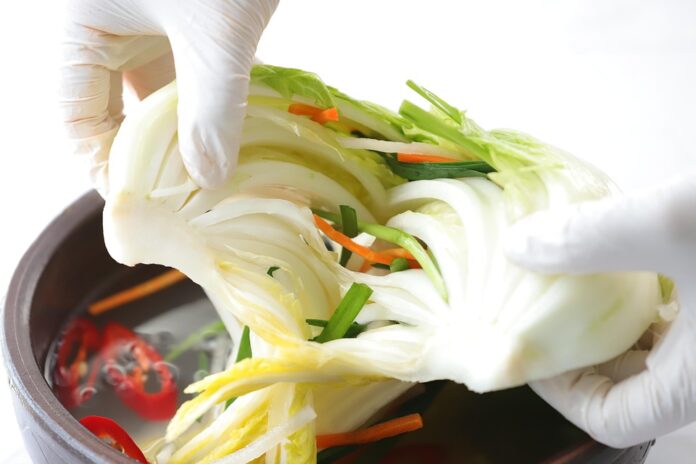Introduction
Starter cultures play a crucial role in the consistent fermentation of beverages such as beer, wine, and kombucha. Selecting the right starter cultures is essential to ensure the desired flavor, aroma, and quality of the final product. In this report, we will explore how starter cultures are selected for consistent beverage fermentation, focusing on the key factors that influence the decision-making process.
Factors Influencing Starter Culture Selection
Microbial Diversity
One of the most important factors in selecting starter cultures for beverage fermentation is microbial diversity. Different strains of yeast and bacteria contribute unique characteristics to the fermentation process, including flavor profiles, alcohol content, and acidity levels. Brewers and winemakers carefully consider the microbial composition of starter cultures to achieve the desired outcome in their products.
Strain Compatibility
Another critical factor in selecting starter cultures is strain compatibility. Certain strains of yeast and bacteria work well together, while others may inhibit each other’s growth or produce off-flavors. It is essential to choose starter cultures that are compatible with each other to ensure a smooth fermentation process and a high-quality end product.
Consistency and Reproducibility
Consistency and reproducibility are key considerations when selecting starter cultures for beverage fermentation. Brewers and winemakers aim to create products with a consistent flavor profile and quality from batch to batch. By using well-characterized starter cultures with known performance characteristics, producers can achieve greater consistency in their products.
Industry Trends and Consumer Preferences
Industry trends and consumer preferences also play a role in the selection of starter cultures for beverage fermentation. As consumer tastes evolve, producers may need to adjust their fermentation processes to meet changing demand. For example, the rise of craft brewing has led to a greater emphasis on unique flavor profiles and artisanal techniques, influencing the choice of starter cultures used in the production process.
Selection Process
Research and Development
The selection of starter cultures typically begins with research and development efforts to identify strains with desirable characteristics. This may involve screening different microbial strains for specific traits such as flavor production, alcohol tolerance, and fermentation efficiency. Researchers use tools such as genetic analysis and sensory evaluation to assess the performance of potential starter cultures.
Collaboration with Suppliers
Beverage producers often collaborate with suppliers to source high-quality starter cultures for fermentation. Suppliers may offer a range of strains tailored to specific beverage types, making it easier for producers to find the right match for their needs. By working closely with suppliers, producers can access the latest research and developments in the field of microbial fermentation.
Quality Control and Testing
Before introducing a new starter culture into the production process, producers conduct rigorous quality control and testing to ensure its performance and safety. This may involve small-scale trials to assess the fermentation kinetics and sensory attributes of the culture. Producers also monitor the microbial composition of the fermentation process to ensure that the starter culture is performing as expected.
Industry Insights and Financial Data
Market Size and Growth
The global market for starter cultures in beverage fermentation is projected to grow significantly in the coming years. According to a report by Market Research Future, the market is expected to reach a value of $1.5 billion by 2025, driven by the increasing demand for fermented beverages with unique flavor profiles. Key players in the industry include Chr. Hansen Holding A/S, Lallemand Inc., and DuPont de Nemours, Inc.
Investment in Research and Development
Leading companies in the beverage fermentation industry are investing heavily in research and development to develop new and improved starter cultures. For example, Chr. Hansen Holding A/S allocated approximately 13.4% of its total revenue to research and development activities in 2020, focusing on the development of innovative microbial solutions for beverage fermentation.
Regulatory Environment
The regulatory environment also plays a role in shaping the selection of starter cultures for beverage fermentation. Producers must adhere to strict regulations governing the use of microbial cultures in food and beverage production, ensuring that they meet safety and quality standards. Regulatory bodies such as the Food and Drug Administration (FDA) and the European Food Safety Authority (EFSA) provide guidelines for the use of starter cultures in fermentation processes.
Conclusion
In conclusion, selecting the right starter cultures is essential for ensuring consistent and high-quality beverage fermentation. By considering factors such as microbial diversity, strain compatibility, consistency, and industry trends, producers can optimize their fermentation processes to meet consumer demand. With ongoing research and development efforts and investments in innovative microbial solutions, the beverage fermentation industry is poised for continued growth and evolution in the coming years.




